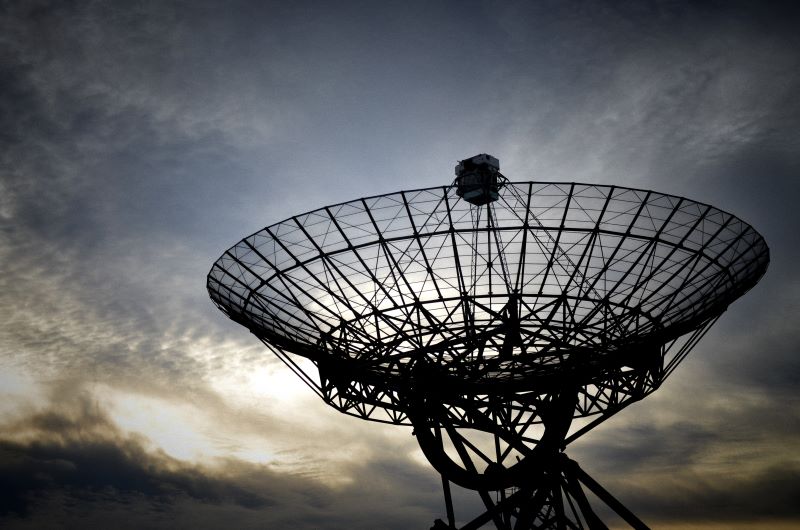ESA – under its Advanced Research in Telecommunications Systems (ARTES)’ Space for 5G/6G & Sustainable Connectivity program line – selected TESAT for a pioneering 6G satellite precursor, TESAT announced July 1. The goal of the project is to deliver an in-orbit laboratory, gaining knowledge on end-to-end connectivity and the inclusion of satellites in terrestrial mobile networks. It is expected that the result will bring valuable information for the 6G standardization. 6G applications can boost the technological potential of the European digital and aerospace industry and broadband connectivity. This opens up growth potential and applications beyond imagination.
Unlimited worldwide access to the internet through seamless network availability is only possible if terrestrial networks are connected to additional network points from space. This project is laying the foundations for future communication technology, namely space-based communication hubs with extremely high-data rates for Europe’s digital future.
The 6G LINO (6G laboratory in orbit) will produce a 16U CubeSat – a small satellite with specific dimensions – and bring it to a low earth orbit. A satellite of this length is similar in size to a small refrigerator. In addition, a full 5G-based ground segment including a core network will be set up to allow end-to-end tests, which will include the satellite.
Thomas Reinartz, CEO of Tesat-Spacecom, said on the new 6G precursor project, “This pioneering project demonstrates to the space world once again the capabilities of the European space sector and, in particular, of the German space industry. It also confirms the relevance and importance of the ESA-ARTES technology development programs for creating future technologies. And it will make Europe more independent and competitive. Through our participation in this ESA-funded project we take responsibility for building up system expertise as a prime in end-to-end communication and 6G technology in Germany. We and the consortium are making our contribution by developing the key digital technologies. In this way, we are making a strong commitment to Europe, Germany and Baden-Württemberg.”
Open Cosmos (UK), Fraunhofer Institute for Integrated Circuits IIS (GER), University of Surrey (UK), Airbus Defence and Space Friedrichshafen (GER), Deutsche Telekom Business Solutions (GER) are forming the consortium. VTT Technical Research Centre of Finland (FIN) will provide the RF-payload-part as a supplier. It is planned to include Satellite Applications Catapult (UK) at a later stage to support with a second ground infrastructure.
The role of ESA and its national strategic partner German Space Agency at DLR is a key element of strengthening the technical sovereignty of Europe, as they drive forward technological developments with foresight and their expertise, said TESAT Chief Technical Officer Dr. Siegbert Martin, “The project describes above all the importance of the geo-return. Without such a principle, policy-making options of governments, space agencies and industry would be very limited. It also shows that TESAT has developed into a catalyst and hub for SMEs, science, politics and non-space companies. The TESAT mindset is now driving even more ideas to enable applications and business cases through technology and to industrialize scalable power electronics.”
Source: TESAT
Like IC News? Then please consider subscribing. You’ll get full access to our searchable library of 10,000+ articles, plus new articles each weekday.









